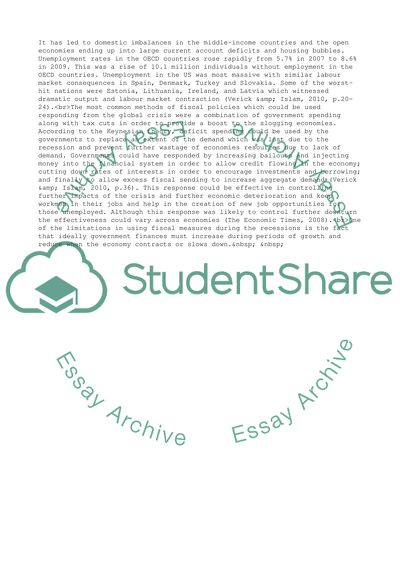Cite this document
(“Macroeconomic Environment of Business Case Study - 2”, n.d.)
Macroeconomic Environment of Business Case Study - 2. Retrieved from https://studentshare.org/business/1768315-macroeconomic-environment-of-business
Macroeconomic Environment of Business Case Study - 2. Retrieved from https://studentshare.org/business/1768315-macroeconomic-environment-of-business
(Macroeconomic Environment of Business Case Study - 2)
Macroeconomic Environment of Business Case Study - 2. https://studentshare.org/business/1768315-macroeconomic-environment-of-business.
Macroeconomic Environment of Business Case Study - 2. https://studentshare.org/business/1768315-macroeconomic-environment-of-business.
“Macroeconomic Environment of Business Case Study - 2”, n.d. https://studentshare.org/business/1768315-macroeconomic-environment-of-business.


